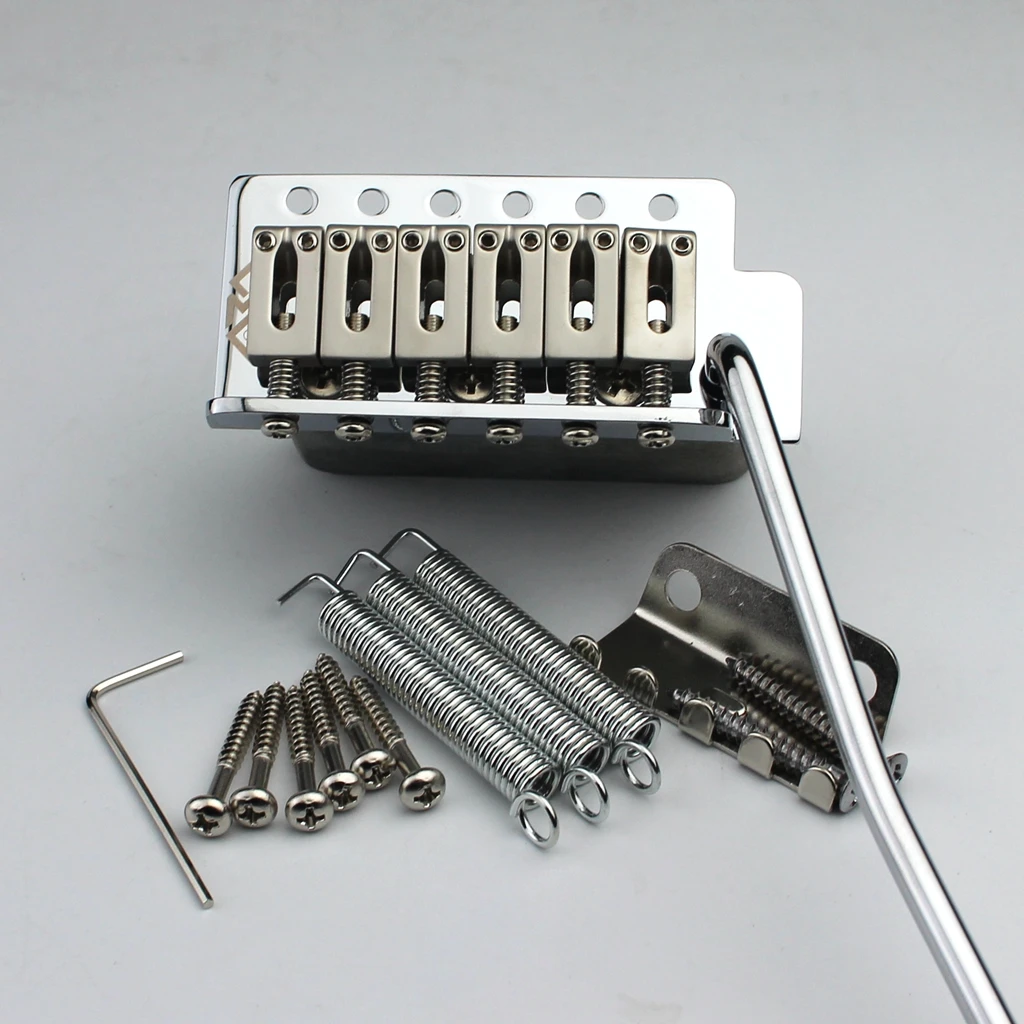Is There a Science to Which Chords Work Together?
In music theory, there are certain rules and principles that guide which chords work well together. These principles are based on the harmonic series, which is a natural phenomenon that occurs when a string or other vibrating object is struck. The harmonic series produces a series of overtones, which are higher-pitched versions of the fundamental frequency.
When two or more notes are played together, their overtones interact with each other. This can create either consonance or dissonance. Consonance is when the overtones blend together smoothly, while dissonance is when the overtones clash.
The rules of harmony are designed to help composers create music that is pleasing to the ear. These rules state that certain chords, such as major and minor chords, sound good together because their overtones blend well. Other chords, such as diminished and augmented chords, sound more dissonant because their overtones clash.
However, it is important to note that these rules are not always followed. Some composers intentionally use dissonant chords to create tension or drama in their music. Ultimately, the best way to determine which chords work together is to experiment and listen to what sounds good to you.
Related Questions:
- What is the harmonic series?
- How do overtones affect the way chords sound?
- What is the difference between consonance and dissonance?
- Are the rules of harmony always followed?
- What is the best way to determine which chords work together?
Related Hot Sale Products:
- Fender Stratocaster Electric Guitar
- Yamaha FG800 Acoustic Guitar
- Roland JUNO-DS61 Synthesizer
- Korg Minilogue XD Polyphonic Analog Synthesizer
- Boss Katana-50 MkII Guitar Amplifier
Pre:What chords sound good together like connecting the chords one after another
Next:How do shrimp know when its time to molt shed their exoskeleton



















